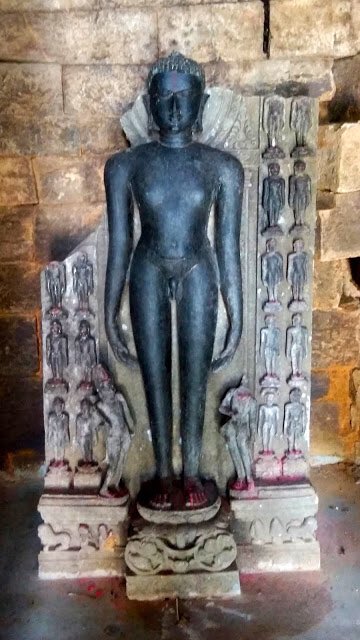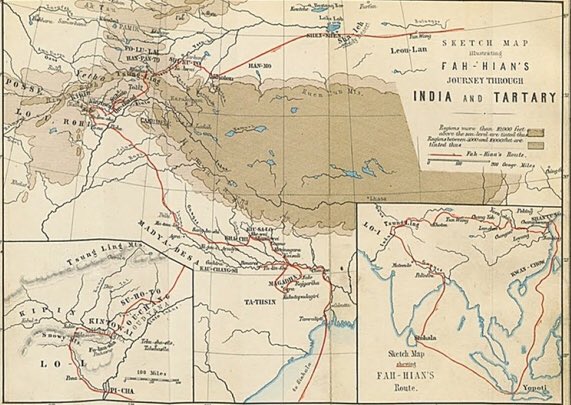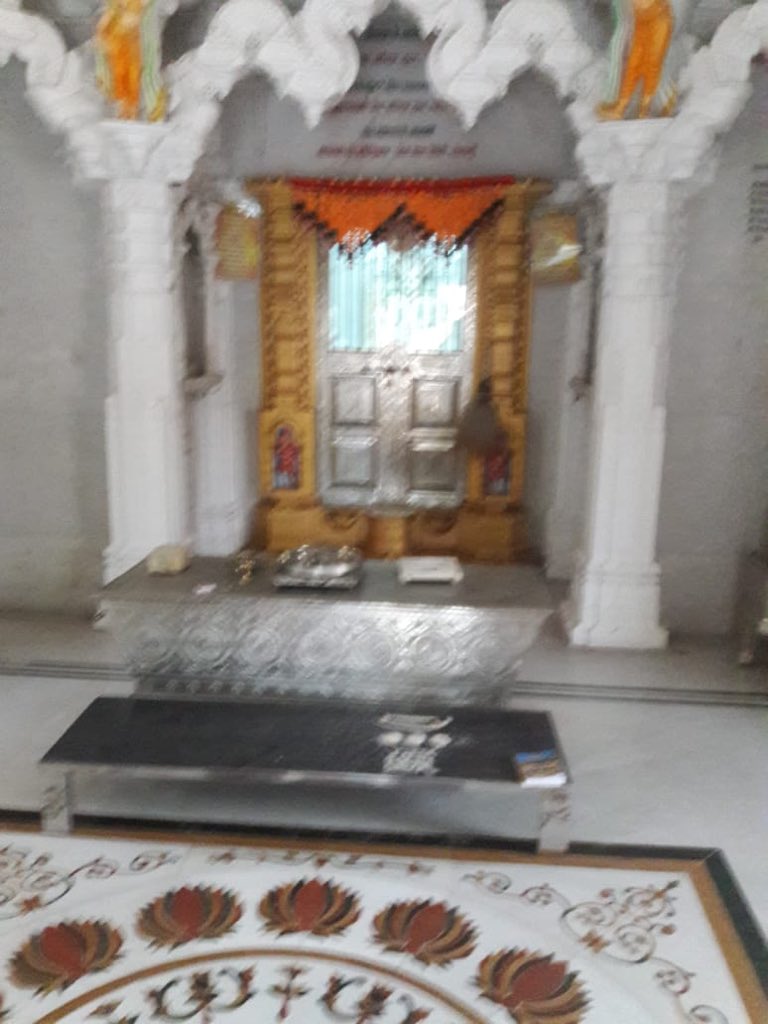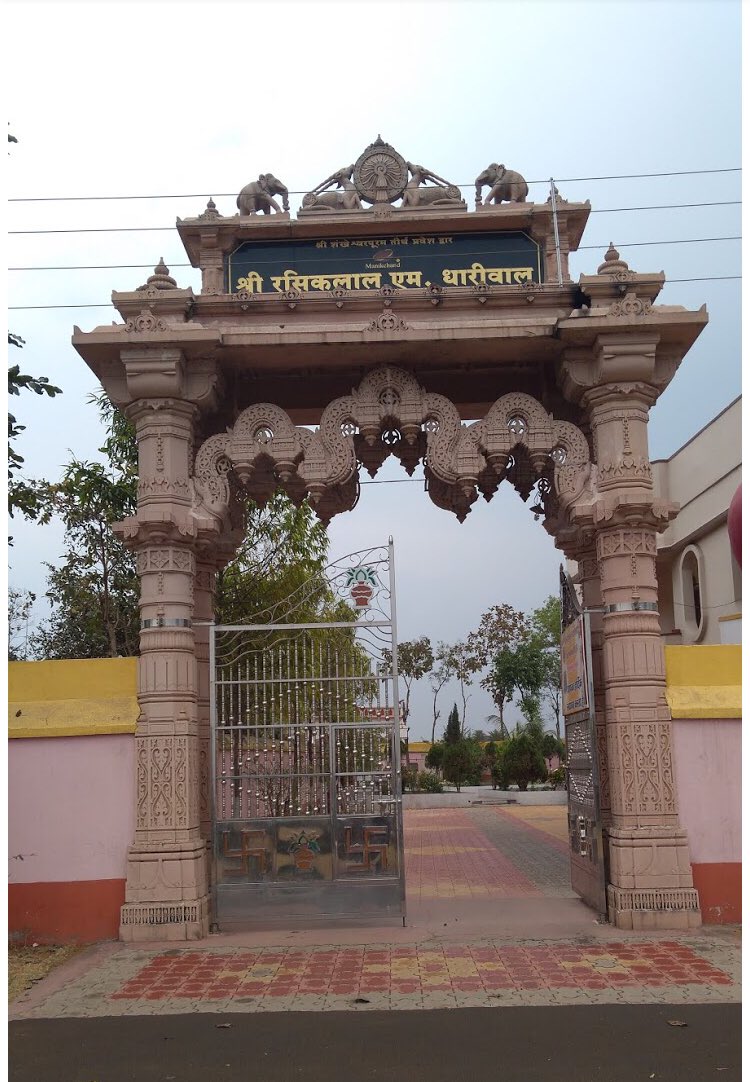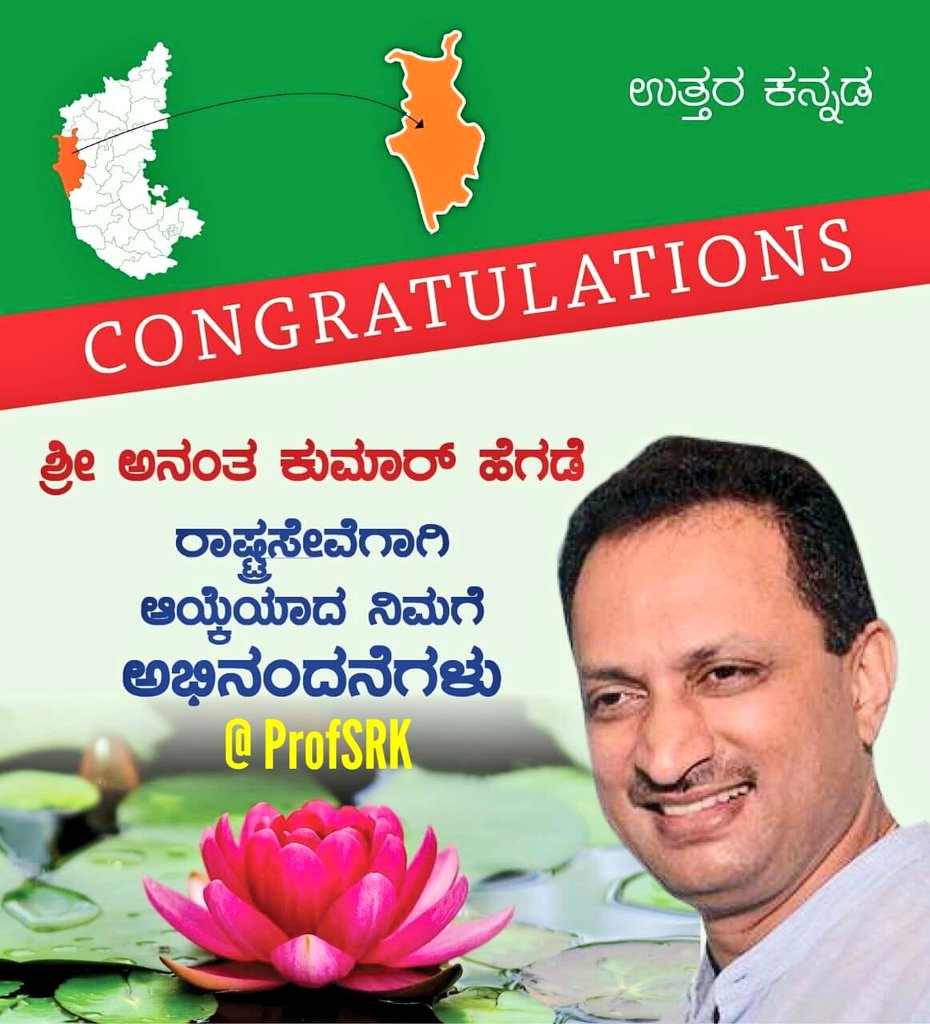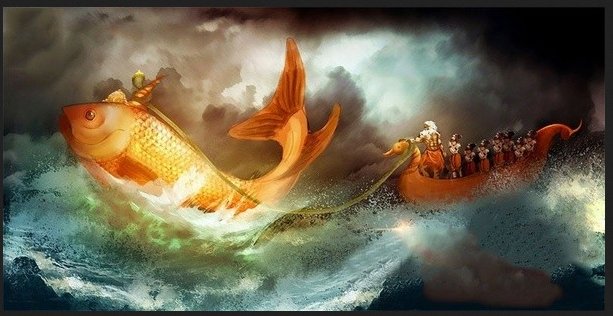Today Jain Idols , temples and ruins have been found in more than 25 places in Purulia District also presence of Sarak Jain community prove the Jainism thrived in the region.
1. Pakbirra : Plethora of antiquities were discovered along with 5 temples with unique shapes
2. Sankra: Ancient Idols of Lord Parshwanath and Lord Shantinath excavated.
4. Sitapur : Idols of Adinath Bhagwan Chovisi excavated which is worshipped as Bhairavji
6. Lakhara Village : Idols Lord Adinath ( Chovisi) and Lord Chandraprabhu (Panchtirthi) excavated from a field
7. Dhadhki: Idols of Lord Adinath, Lord Chandraprabhu which were
8. Lagara : 3 Idols of Jain Tirthankars were excavated and placed in the local Kali Temple
9. Barmasia : Idols of Adinath, Ajithnath ,Chandraprabhu and various Chovisis
10. Paruldiha : a 5ft tall Idol of Lord Adinath excavated
12. Tusiama : Idol of Lord Adinath excavated
13. Manbazar : Idols of Lord Adinath and Shantinath Bhagwan excavated
14. Polma : 7ft headless Idol of an Jain Tirthankar excavated along with Lord Adinath & Sambhavnath
16. Charrah : ancient relic of Jain temple excavated
17. Golamara : 7ft Idol of Lord Mahavir without hands excavated
18. Raghunathpur: 1200 years ancient Idol of Parshvanath excavated
19. Banda : Ruins of Jain temple
21. Para: 2 temples and ancient Idol of a Tirthankar worshiped as a Bhairav
22. Telkupi : 1200 years old Jain temple
And as per last census approx 19% inhabitants in Purulia District are Tribe (ST).
settler or original inhabitants in this land they were migrated during Muslim invasion
Who built these temples ?
If Jains then who were they ?
From where they came ?
Are they still present in this areas and still follow the Jainism?
If yes then why they r not limelight?
Have they deviated from mainstream Jain society?
When they came this ?
What they did for living?
What were the reasons behind decline & fall of Jainism in this region ?
All the majors cities are around under 50 -150KM radius
1. Ranchi
2.Jamshedpur/Tata
3.Bokaro
4.Burnpur and Asansol
5.Dhanbad
6.Sindhu
Purulia was famous for earlier mining works and was a main trading route in ancient times
1) Bhuiyans
-A simple race’ who were ‘rich in cattle, and industrious cultivators)
They r the people who started mining of Copper ore for the first time in Singhbhum Shear Zone which is now famous for mining of precious metals such as Copper, Gold,Silver & Uranium
Continue...
Who are the Shravakas?
The Jain source Kalpasutra cities that from the very beginning of Indian civilization, some people used to practice +
Even in the „Rigveda‟ and „Srimadvaggbadgita‟ the term ahimsa and its practice is cited. The ancestor of this culture is Rishabhadeva or Adideva.
He divided his disciples into four Parts
Sadhu
Sadhwi
Shravaka
Shravika
They are not like Sadhus or Sadhwis but they are Grihi Sanyasis (the monk living in a family).
“ In 1863 , I halted at a place called Jampra, 12 miles from Purulia - and was visited by some villagers who struck me as having a very respectful and intelligent appearance.” They called themselves Sarawaks.
They are represented as having great scruples against taking life.
They must not eat till they have seen the sun and they venerate Parsvsnatha.
And Muslim invasion made it more difficult .
During Moghul period- Jaigirdar in Bengal and Bihar attempted to defy Akbar’s Authority .
As position of Women was higher in their society so they revolted against Raja Man Singh and force to evacuated the places.
A local Hindu King Panchakot Raja gave them the place to live in and distributed the land to them . It is said that 1400 families moved to Panchakot and that was there last migration
In Purulia District they considered as a higher caste & they also distributed land to various people
They built various Jain temples and Idols. Their relics and ruins cited in various part of Manbhum.
But in present scenario most of it is in bad condition. Many Jain idols are stolen. The temples are broken down day by day.
Jaina philosophy is explained as that philosophy which explains the way of spiritual progress of the Soul, which is an essential aspect for the attainment of moksha.
Jaina philosophy has the doctrinal basis of Metaphysics-Ontology, Cosmology- Cosmography, Theology-Mythology, Epistemology-Psychology, logic- dialectics and ethics-rituals.
And Jain doctrines are broadly divided into - 1)Philosophical & 2) Practical
1) Philosophical : Jain philosophy includes - ontology, metaphysics, and Psychology
Jain Philosophy based on foundation of reality and the idea of the “Self” or “Soul”.
And it (Self/soul) is the fundamental conception of Jain Philosophy.
And to attain moksha , Jain philosophy laid down the path in the form of three jewels i.e right faith, right knowledge and right conduct , collectively called as “Ratnatraya “.
The path of moksha according to Jaina philosophy is primarily ethical.
Moral discipline is a necessary condition for the path leading to self-realization.



